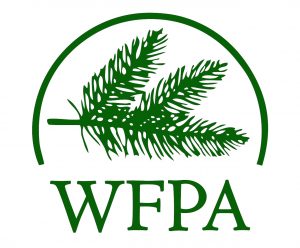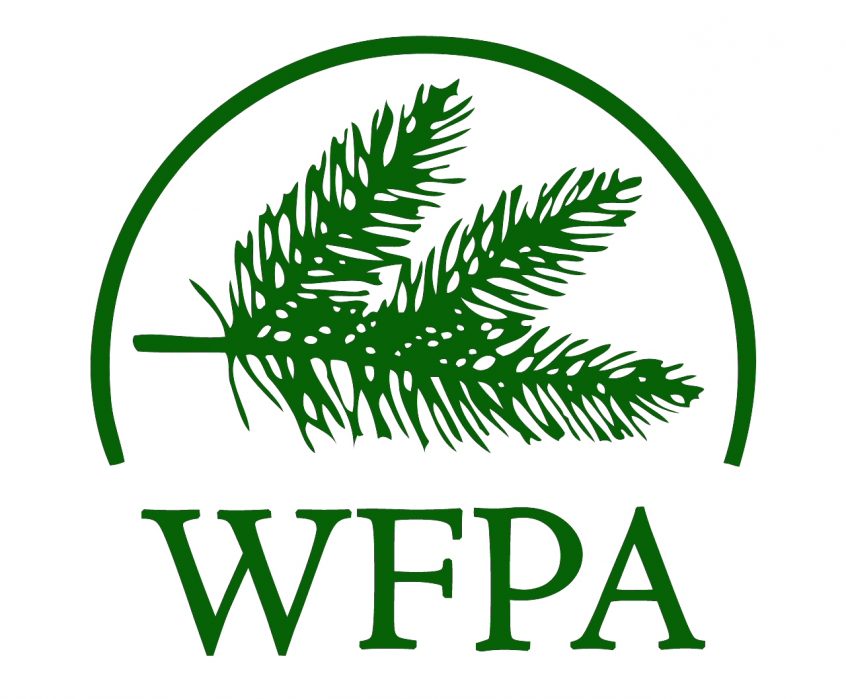
FOR IMMEDIATE RELEASE – May 23, 2022
Contact: Cindy Mitchell, (360)791-9372
Expect a higher-than-average wildfire season, experts predict
The upcoming wildfire season could yield higher than typical forest fire activity in parts of Washington state. The National Interagency Fire Center (NIFC) anticipates an above-average wildfire season in eastern Washington due in large part to drought.
While western Washington has experienced a wetter and cooler spring, it hasn’t been the case for eastern Washington. In fact, the NIFC noted that central and southern parts of Washington are already at “above-normal risk” for wildfires. The National Integrated Drought Information System identified 18 Washington counties currently experiencing moderate to severe drought conditions – with all counties located east of the Cascades. In addition, climatologists are quick to note that the state’s historically hot, dry summers make wildfires more likely toward the tail end of summer.
The wildfire outlook is especially salient after a recent assessment found roughly one in three properties within the Pacific West (the states of Washington, Oregon and California) are at risk of wildfire exposure. That’s according to a recent model created by the nonprofit First Street Foundation. which recently launched an interactive map illustrating wildfire risk areas throughout the US.
“As changing climate drives more frequent and severe wildfire events, Fire Factor will prove critical in ensuring everyone has the insights they need to understand their personal risk to avoid and protect against the devastating impact of a wildfire,” said Matthew Eby, founder and executive director of First Street Foundation.
The increasing frequency of catastrophic blazes underscore the importance of actively managed forests. Working forests have long adopted approaches like thinning, prescribed burns, removing underbrush and selective harvests to promote forest health and ensure trees are resilient against fire, disease, infestation and predation.
For the first time in 18 years, Washington State Department of Natural Resources resumed prescribed burns on state lands. The state put a hold on the planned fires due to air quality concerns. But with massive wildfires burning hundreds of thousands of acres in recent years, state officials determined that controlled fires could actually reduce air pollution – and save lives and prevent property loss – long term with fewer catastrophic wildfires.
Fires also play an ecological role in forests, recycling nutrients back into the soil, removing underbrush, clearing fuel buildups like dead branches or dried vegetation, creating and enhancing wildlife habitat, and minimizing the spread of disease and insects.
